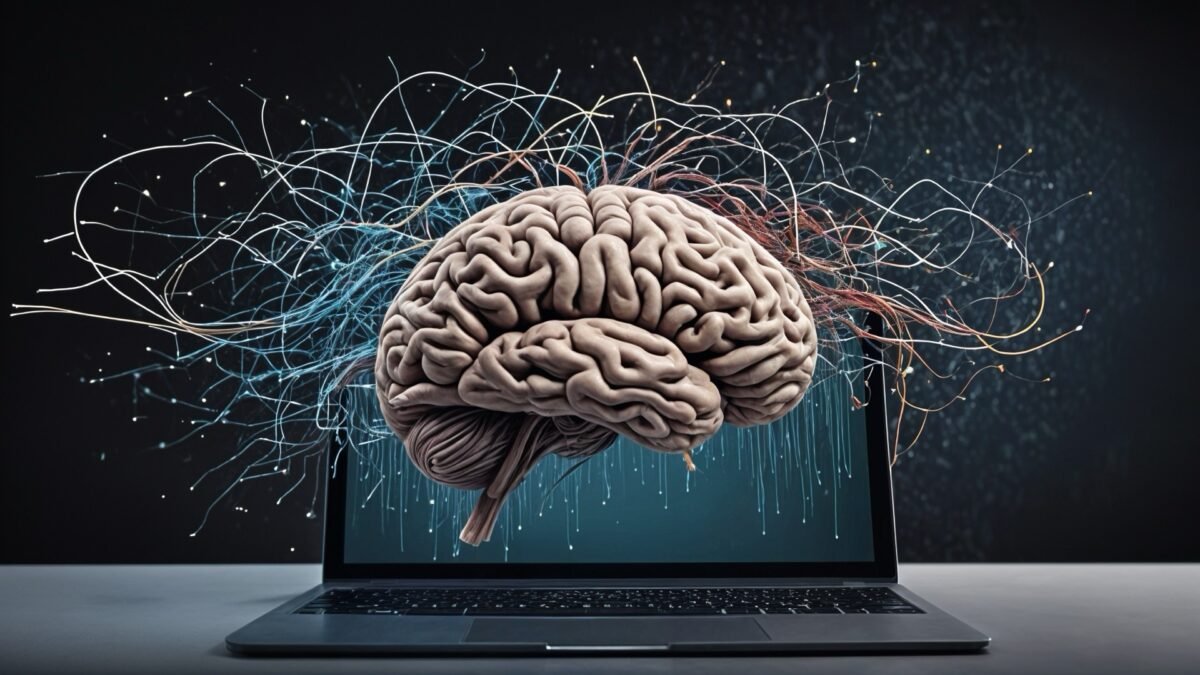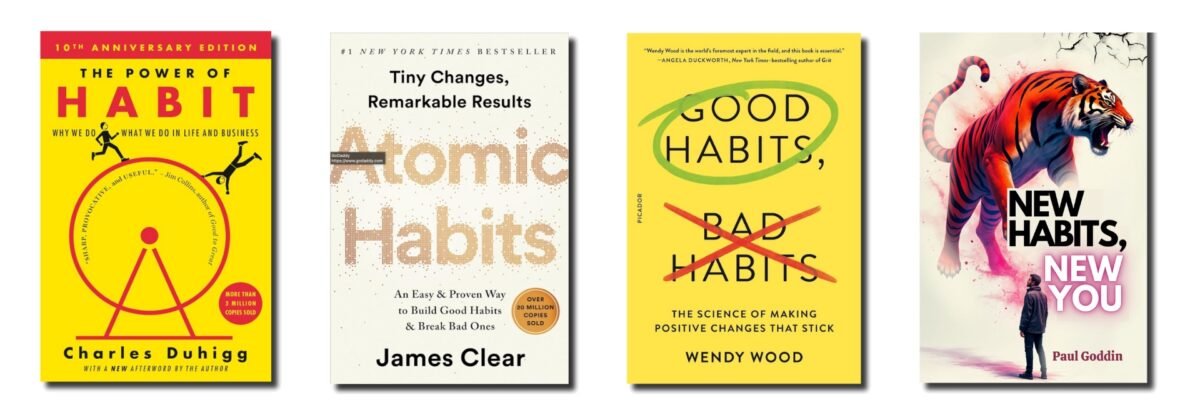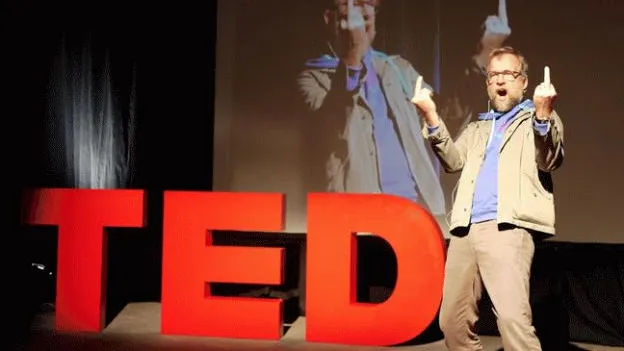Intro to Habit Formation

This blog post summarizes the groundbreaking neuroscientific discoveries of the (mostly) 21st Century that have taken place on habit formation in the brain.
Did you know that 40-45% of your behaviors every day aren’t the result of decisions you’ve made? They’re habits.
Habits are behaviors one has performed so often that they can now do them automatically, without thinking. Habits are behaviors that are performed on autopilot. Habits are a kind of memory system for behaviors that the brain uses to conserve energy, because thinking burns lots of energy.
Most people would consider consciousness and awareness to be the core of who they are. “I think, therefore I am,” said René Descartes. Conscious thought is associated with the prefrontal cortex, directly behind one’s forehead. It is responsible for the brain’s executive control functions. In the prefrontal cortex, a situation is analyzed, a decision is made regarding how to proceed, and is then acted upon. With decision-oriented behaviors, altering one’s approach is an option at any point in the process. Behaviors mediated by the prefrontal cortex are flexible, goal-directed, intentional, and energy intensive.
The prefrontal cortex uses far too much energy to manage everything we do, however. Not only that, but this kind of cognitive heavy lifting — a consideration of alternatives and a weighing of pros and cons — isn’t always appropriate. Evolutionarily speaking, it would often have been far more advantageous to take quick decisive, almost instinctive action.
Luckily, the brain has mechanisms that make these other types of behaviors possible. One of these mechanisms is the habit formation process. Habits are a method by which repetitive behaviors can be automated and their mediation transferred away from the frontal cortex and to older and simpler parts of the brain: the basal ganglia. The prefrontal cortex is only minimally engaged during a habit, in which a particular context such as a place can initiate a habit without our need to think and consider what we are doing. Habit behaviors in the basal ganglia are rigid, automatic, energy efficient actions that are triggered by contextual stimuli.
If you have read Charles Duhigg’s The Power of Habit, James Clear’s Atomic Habits, or Wendy Woods’ Good Habits, Bad Habits, then the above summary was nothing you haven’t learned already. But it’s probably not something you learned in school. Our understanding of habits is based on research in neuroscience made within the last few decades, made possible by advanced imaging technologies that let scientists peer inside the brain for the first time, with startling clarity. They saw the moment a habit was created, witnessed neurons and synapses form, and learned that the brain operates much differently than had previously been assumed.
Neuroplasticity is the aspect of the brain that allows habits to be created. The modern theory of neuroplasticity is that the brain changes constantly, with every thought and action we take. It was previously thought to have a critical period of development up until about the age of 20, after which it became relatively inert. We know that’s not the case now.
Duhigg is a reporter, not a scientist. The Power of Habit played to his strengths, as he combined sources from a number of different disciplines — neuroscience, behavioral psychology, sports, medicine, business, and advertising — and synthesized an overarching theory for habits that was accessible to everyone.
For many, myself included, Duhigg’s book was a revelation. It inspired me to write my own slim, guerilla-style guide to habits, called New Habits, New You, on sale now on Amazon.

New Habits, New You describes the”brain hack” readers can use to create any habit they want. This brain hack is simply the habit loop given a sexier title. Of course, the habit loop, popularized by Duhigg, is an actual brain hack, and a pretty impressive one. But primarily it is a heuristic, a useful simplification of the brain’s habit formation process that has helped spread the concepts and mechanics involved broadly, at the expense of getting some of the details wrong. I think that’s okay. We are at the phase now in this learning process where people with less reach but more knowledge chime in and make the necessary corrections. For instance, the very smart gentleman in the below video.


